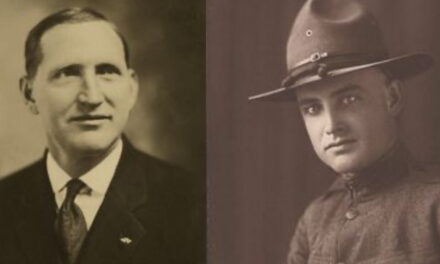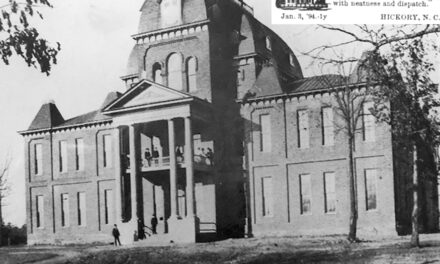
Recently, Jann Wenner wrote a memoir on his career as founder and, for half a century, editor of Rolling Stone magazine. In it, he offers the inside story on how the magazine came together and what it was like over the years to be a part of a world-wide, baby-boomer phenomenon. The fingerprints of Wenner’s pioneering efforts can be seen in a number of ways, not the least of which is the journal you are now reading.
Rolling Stone began in November 1967 in San Francisco. Wenner was a writer who loved rock ’n’ roll but had no outlet for writing intelligently about the music that he described as an art form. Few people older than him agreed with his reverent assessment (he was 21 at the time). A magazine called Ramparts hired him to write but it only lasted a few issues. Thus, he created Rolling Stone. He styled the periodical, published every other week to be for and about musicians, but also a place to discuss the topics that concerned his generation.
The book, “Like A Rolling Stone” chronicles what it was like in those days of hippies, Hendrix and hallucinogenics. Wenner is open about the personal side of his life as the magazine’s publisher, his drug use, his sexuality and his rise in the world of music where he became friends with John Lennon, Mick Jagger and Bruce Springsteen. He even discusses the legality of the name of his paper. Who owned the rights to the title Rolling Stone? The band? Bob Dylan for having a 1966 number one hit, same as the book’s title? Or was it Muddy Waters, whose first release predated them all?
The point here is that what Jann Wenner was doing in San Francisco had significant impact on a growing number of readers. I can’t prove it and I don’t know if John Tucker ever said so but it seems to me that Rolling Stone paved the way for its local counterpart, FOCUS. Here’s my reasoning. Wenner proved that boomers were interested in finding their own voice, not content to just subscribe to the papers that their parents read. They wanted content that reflected their attitudes and lifestyle. When they found such a paper, they would embrace it.
One of the great partnerships Wenner writes about in his book is with Hunter S. Thompson. Imaginative, gonzo and on the edge, Thompson’s prose captured the imagination of a generation in a way that would have been impossible in any other magazine. His work found a perfect match with readers, expressing funny and insightful observations on a world that even the “grown-ups” didn’t understand. If you don’t believe that Thompson was a touchstone, go read the masthead of Focus. The quote is in every issue.
Tucker started FOCUS just as Rolling Stone was marking a decade of publication. Jann Wenner looks back on that milestone in the book. That was the year that he moved his entire staff out of San Francisco to New York to be at the center of the magazine publishing world. It became even more successful, won awards and spawned a number of other publications including Outdoors, Men’s Journal, as well as taking over US Weekly. It was a good ride with insider details on starting the Rock and Roll Hall of Fame and hanging out with the band he dubbed, “the greatest” in the world.
It’s not all hearts and flowers, and if you hate spoilers, quit reading NOW. Wenner reveals some serious health problems that almost killed him. Perhaps more painful was his decision to sell the magazine and in doing so, putting himself out of a job. Time passes.
But the spirit remains. In earlier decades called “counter-culture,” “alternative,” even “hippie,” FOCUS and Rolling Stone go on, issue after issue, reinterpreting its mission in the world. Where else are you going to get a “fear and loathing” perspective on the times we live in.








